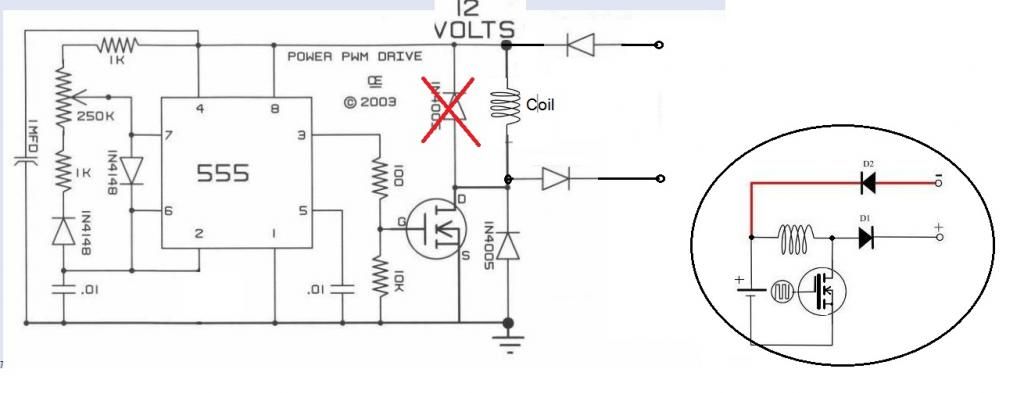JohnS,
If I use a PWM-OCm to generate a pulse, then run that into the NE555 FET driver (which is fed separately) to actuate the MOSFET (which has the source fed separately and power grounded), where do I put the opto? Do I need something (a 555?) between the opto and FET to square up the signal?
At first, I will be using 12v max and one FET.
Bob
If I use a PWM-OCm to generate a pulse, then run that into the NE555 FET driver (which is fed separately) to actuate the MOSFET (which has the source fed separately and power grounded), where do I put the opto? Do I need something (a 555?) between the opto and FET to square up the signal?
At first, I will be using 12v max and one FET.
Bob
Originally posted by JohnStone
View Post


 [/IMG]
[/IMG] )
)




Comment